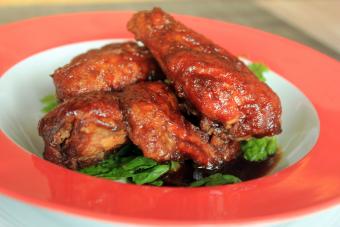Cross-contamination
What is cross-contamination?
Cross-contamination is the scientific word for how bacteria can be spread from one food product to another. This is especially true when handling raw meat, poultry and seafood, so keep these foods and their juices away from ready-to-eat foods.
How does cross-contamination occur?
There are several ways cross-contamination can happen.
- Hands that touch raw food and then touch food that's already cooked or is ready-to-eat
- Surfaces such as cutting boards or utensils are used for raw food and then are use for cooked or ready-to-eat foods without proper cleaning in between.
- Dishcloths or sponges are used for raw food, equipment or utensils, they are not properly cleaned and then are used on surfaces or utensils that are used for cooked or ready-to-eat foods.
- Raw or contaminated food touches or drips on cooked or ready-to-eat food spreading the harmful substances.
How can I prevent cross-contamination?
- Separate raw meat, poultry, and seafood items from other foods in your grocery shopping cart and in your refrigerator.
- If possible, use a different cutting board for raw meat products.
- Use plastic or other non-porous cutting boards. These boards should be run through the dishwasher or washed in hot soapy water after use.
- Always wash hands, cutting boards, dishes and utensils with hot soapy water after they come in contact with raw meat, poultry and seafood.
- Never place cooked food on a plate which previously held raw meat, poultry and seafood.
- Consider using paper towels to clean up kitchen surfaces. If you use cloth towels, wash them often in the hot cycle of your washing machine.


